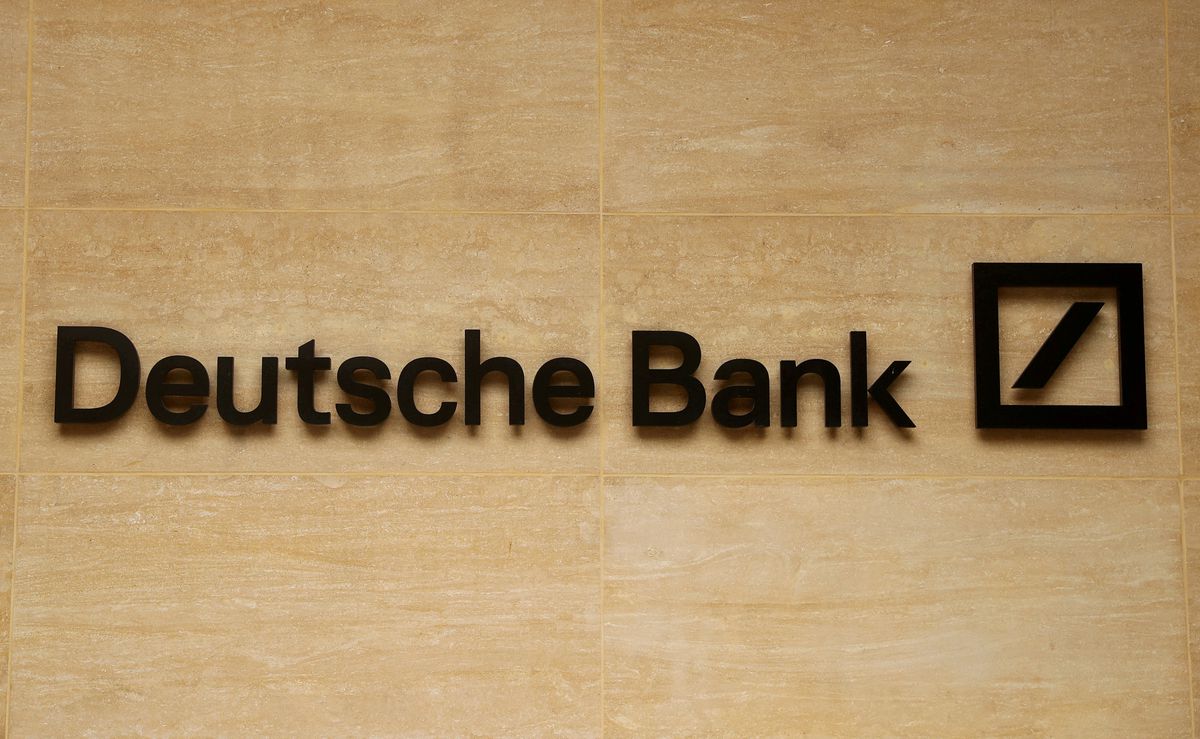 The logo of Deutsche Bank is pictured on an office of the company in London, Britain July 8, 2019. REUTERS/Simon Dawson
The logo of Deutsche Bank is pictured on an office of the company in London, Britain July 8, 2019. REUTERS/Simon Dawson
Deutsche Bank on Friday said it aimed to reduce the emissions tied to its upstream corporate oil and gas sector loans by 23% by 2030, as part of a series of targets to help it meet its climate commitments.
The announcement comes ahead of the next round of global climate talks in Egypt in November, and as banks and other companies are being pushed by investors and policymakers to accelerate efforts in the transition to a low-carbon economy.
The energy sector is a particular focus given fossil fuels are responsible for the bulk of man-made greenhouse gas emissions. While more banks are beginning to set targets, campaigners say the pace has been too slow.
By 2050, the bank said so-called financed emissions tied to the oil and gas sector, including Scope 3 emissions from the use of gasoline and other refined products by end-users, would be reduced by 90%.
"This is an important step to reduce the carbon footprint of our loan book progressively," said Chief Sustainability Officer Jörg Eigendorf in a statement. "We are focusing on supporting our clients on their net zero journey. This is a crucial element of our sustainability strategy."
Among other banks to recently set targets, Credit Agricole said in June it would cut sector loan emissions by 30% by the end of the decade, while HSBC said it was aiming for a 34% reduction.
As well as the oil & gas sector, Deutsche also announced targets for three other high-emitting sectors: power generation, autos and steel.
In the power generation sector, it would target a 69% cut in so-called Scope 1 physical emissions intensity - a measure of emissions per unit of output tied to utilities' direct energy usage - by 2030 and 100% by 2050.
In the autos sector, and specifically light duty vehicles, the bank said it aimed to reduce tailpipe emissions intensity by 59% by 2030, and 100% by mid-century.
In the steel sector, it aims to reduce Scope 1 and 2 physical emission intensity by 33% by 2030, and 90% by 2050, it said in a statement.
